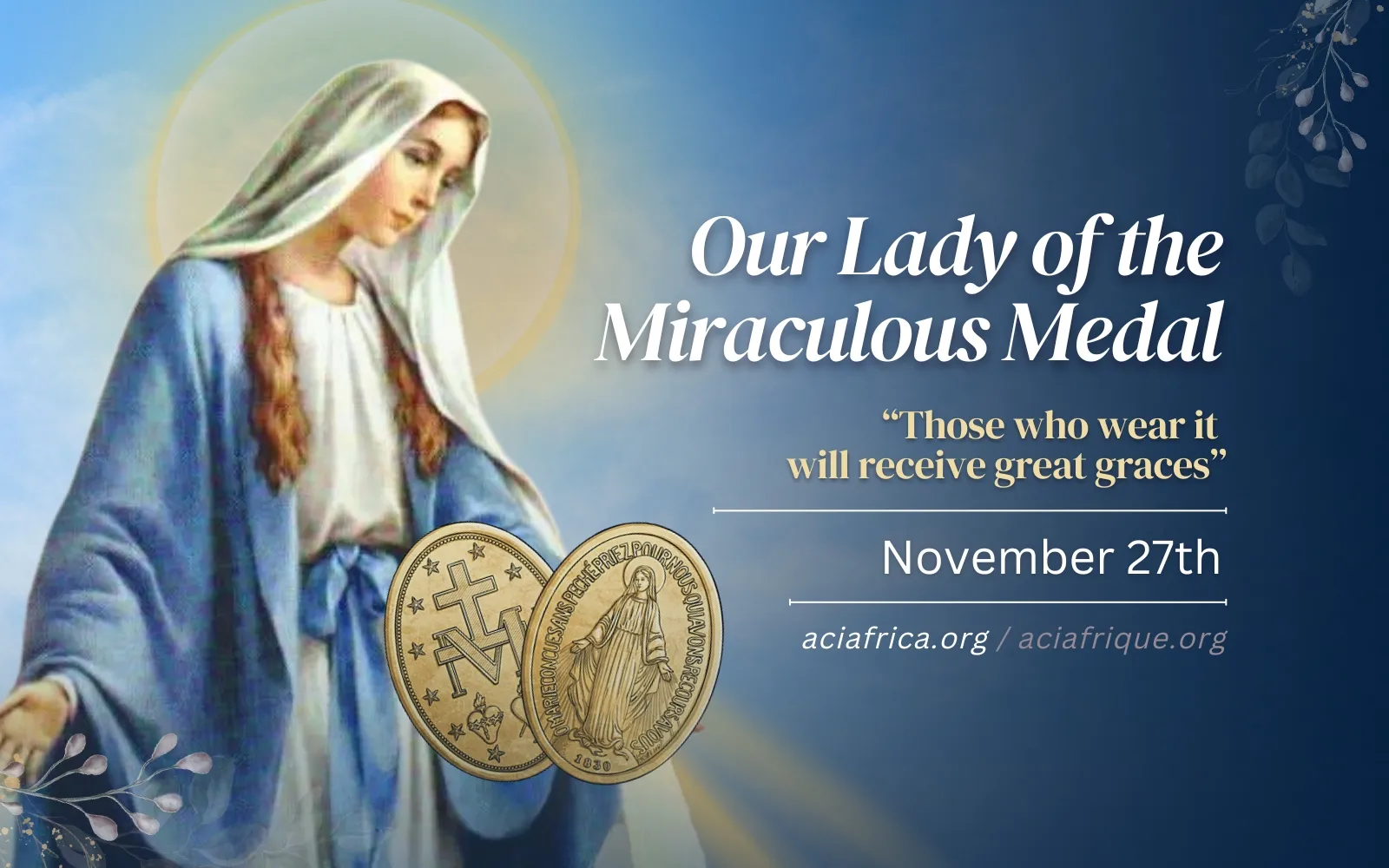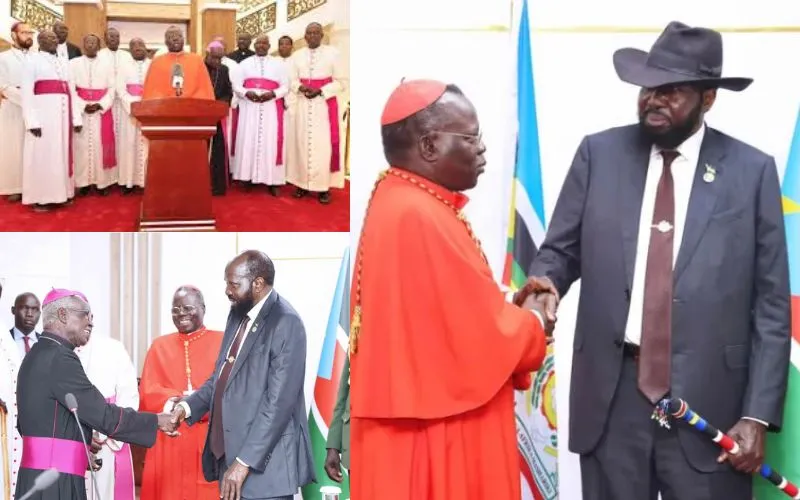“First of all, the unsettled character of the government has some relation to what’s going on now. There was difficulty between the different groups in France. What’s more, the cholera epidemic broke out in 1832. The Miraculous Medal was not minted until some months after the breakout. The first minting of the Miraculous Medal happened in June 1832” and then “immediately distributed. A lot of the people who had the Miraculous Medal recovered.” He saw the medal “associated with the cholera epidemic and also the deepening of the peoples’ faith. It brought the Blessed Mother strongly forward. It was a blessing for the Vincentian family itself. It formed the Vincentian community particularly around the Miraculous Medal.”
As a side note, he says that Victor Hugo memorialized the rebellion in his novel Les Misérables, set in 1830, and in it mentions the death of Fantine and the ministry of the Daughters of Charity: “The two nuns attending the infirmary, Lazarists as all these Sister of Charity are…”
Father Griffin, who lived in Paris for three years — his office was by the Rue de Bac shrine where he said Mass hundreds of times — continued, “The connection to today to the Blessed Mother and the medal is a reminder. It causes the person who wears it to remember the Blessed Mother and her love for us.”
He points out the way the medal influences the people seeking the graces from the Blessed Mother, who has beams coming from her hands.
“The point is, in the current pandemic one turns to the Blessed Mother and seeks her help to avoid the unnecessary sickness and bring healing into people’s lives. The connection is rather clear. The heart of it is not that a miracle happens when one wears the Miraculous Medal, but it changes peoples’ faith, it helps people put greater confidence in the Blessed Mother.” It was used as a religious symbol during the cholera epidemic.
(Story continues below)
During the COVID-19 pandemic, the Central Association of the Miraculous Medal distributed more than 3,500 Miraculous Medals to 18 hospitals and healthcare facilities as well as frontline workers.
Years ago, another Vincentian priest at a different Marian shrine found a key message of the medal and the devotion it generates an antidote to many of today's attitudes, especially in the strong American cultural emphasis on the self-made approach to life.
“But that rugged individualism,” he concluded, “sometimes gets in the way of allowing God and Our Lady to work in our lives. And her basic message is to cast your cares on her, to be dependent. That's where the sense of well-being comes from for so many of the people who pray to her.”
From 1830 to the present day, as billions of Miraculous Medals have been minted over these last 191 years, and people have worn them with proper devotion, our Blessed Mother continues to prove her love and help for us in billions of ways. What a heavenly gift, along with the Rosary, is the Miraculous Medal.
Sources:
Our Lady of the Miraculous Medal | Marians of the Immaculate Conception
In a Time of Pandemic and Upheaval, Our Lady Gave Us the Miraculous Medal| National Catholic Register





